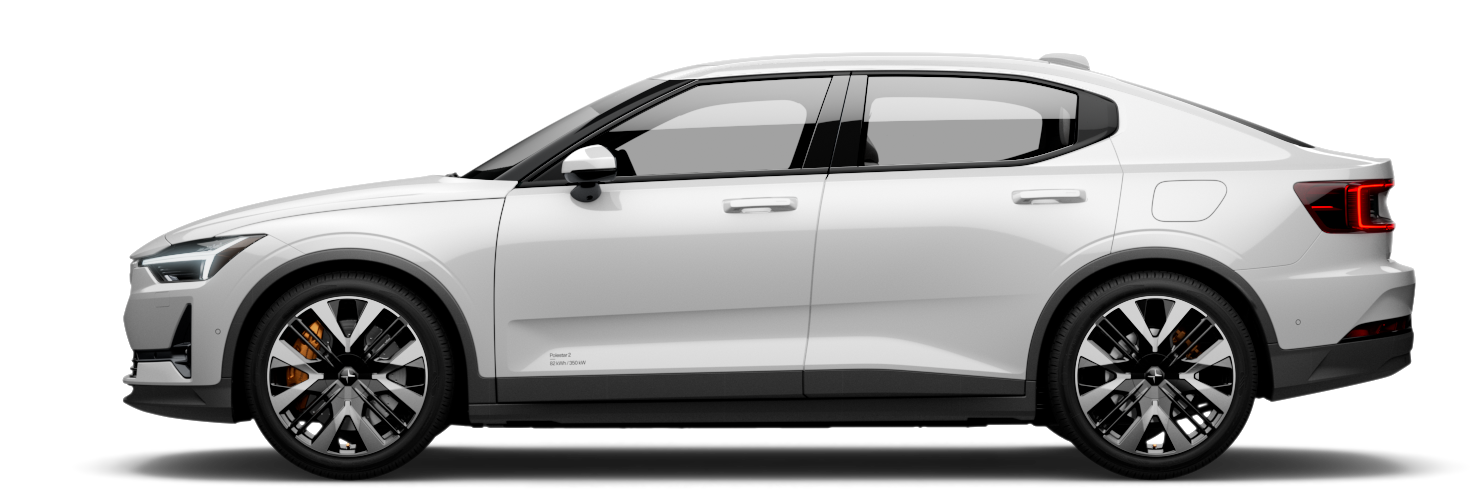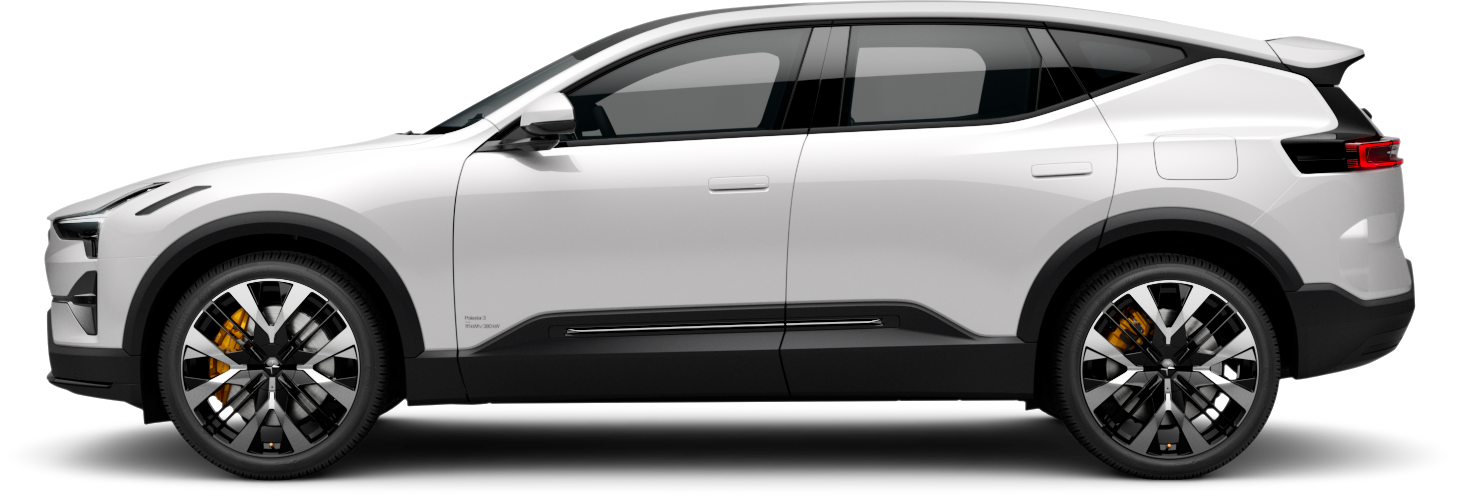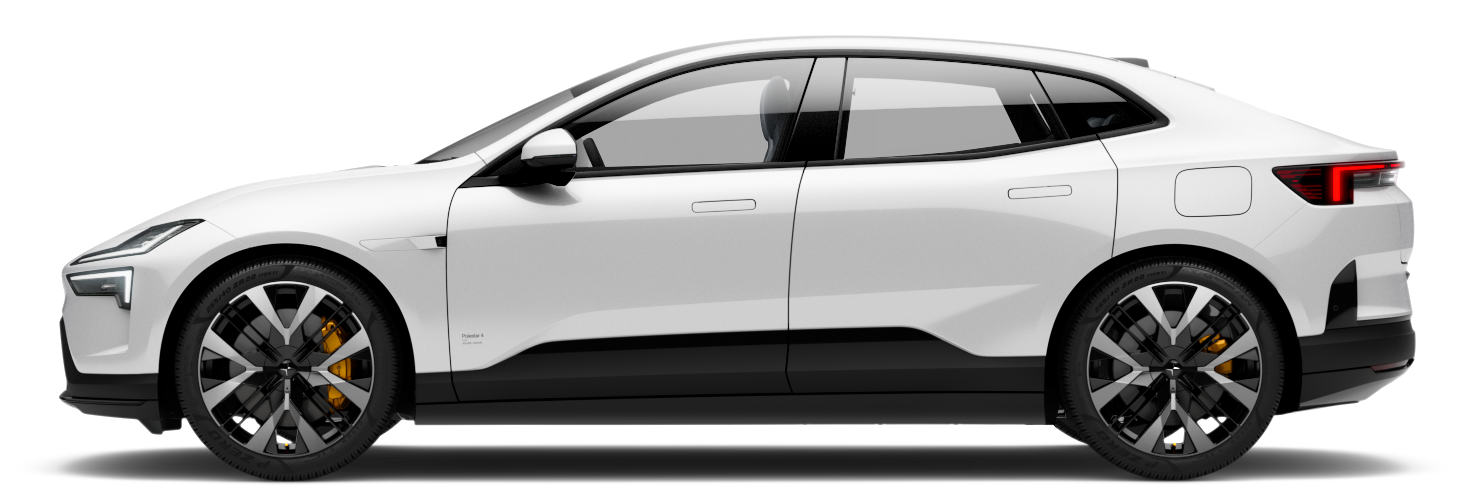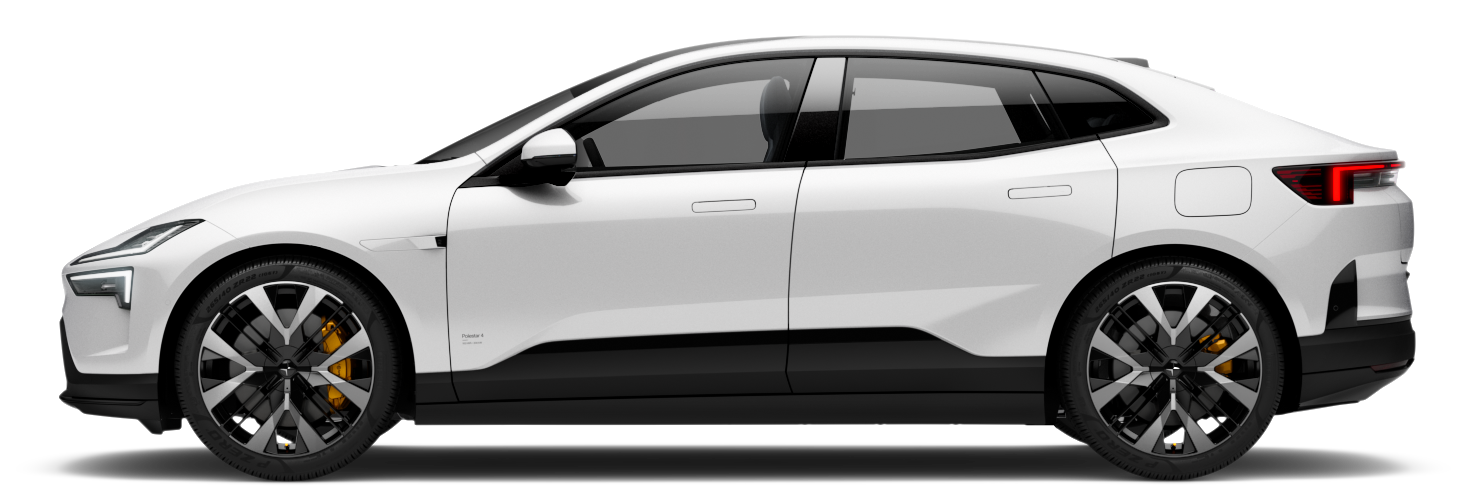Managing battery health and performance
Low battery level and discharged battery
Important
If the battery level reaches 0%, the battery is considered discharged or empty. The vehicle then needs to be charged as soon as possible to reduce the risk of battery damage.
The smaller 12 V battery is also at risk of going flat if the traction battery can't supply it with power. If both batteries are discharged, the vehicle will have no power at all and no ability to initiate charging.
High state of charge
Important
For regular charging, battery wear can be reduced by selecting a target battery level lower than 100%. Only charge to 100% if the full range is needed for your next trip.
If you leave the vehicle plugged in for charging without any immediate plans to drive it, select the target battery level recommended in the vehicle's charging view.
Charging habits
AC charging is the recommended charging mode for everyday charging. This helps maintain the condition of the battery over time. DC charging causes more wear.
Long-term parking
- When leaving your vehicle parked for longer than one month, the recommended battery level is 40-60%. Use or charge the vehicle to reach the recommended level.
- If you are leaving the vehicle parked for longer than three months, you should keep it plugged in but set the battery charging limit to 50%. This is for better battery health.
- Choose a cool and shaded location. An environment with controlled and consistent conditions is recommended.
Tip
Parking in hot weather
Important
When it's warmer outside, it's a good idea to plug in the vehicle when it's parked. High temperatures cause battery damage, especially if the vehicle is exposed to hot weather for prolonged periods. The vehicle can actively cool the battery while it's parked, but that uses energy. When you return to your parked vehicle, the battery level may be noticeably lower than before. If the vehicle is plugged in for charging, it can cool the battery without lowering the battery level and risking a discharged battery.
In hot temperatures, it is recommended that you park in a shaded spot. Strong sunlight combined with high temperatures can lead to very high battery temperatures and excessive cooling needs.
Parking in cold weather
When the battery is cold, the vehicle temporarily reduces battery performance until it warms up. Driving the vehicle in a state of reduced performance doesn't harm the battery.
To avoid temporarily reduced performance due to a cold battery, connect the vehicle for charging and activate the vehicle's preconditioning ahead of your trip. The vehicle can then heat the battery without affecting performance and available range.
At temperatures below -30 °C (-22 °F), avoid leaving the vehicle parked without charging for longer than 24 hours.





